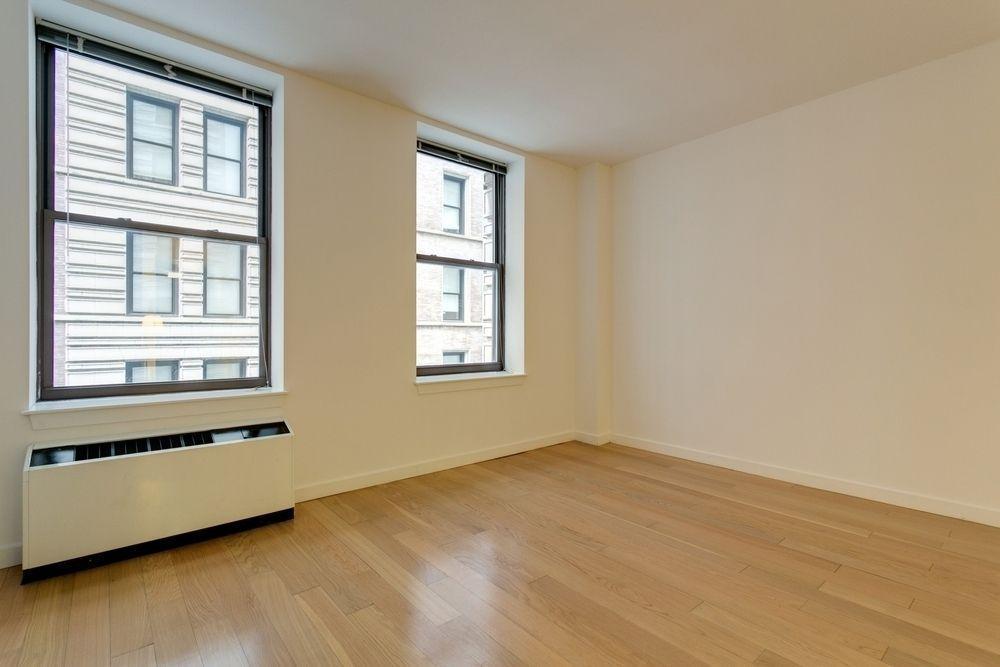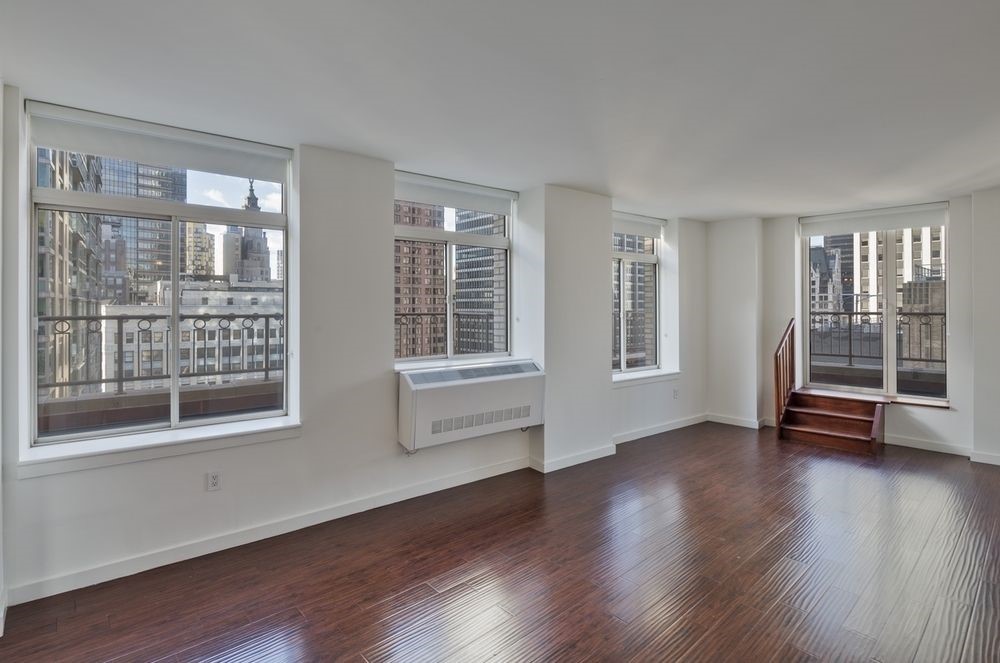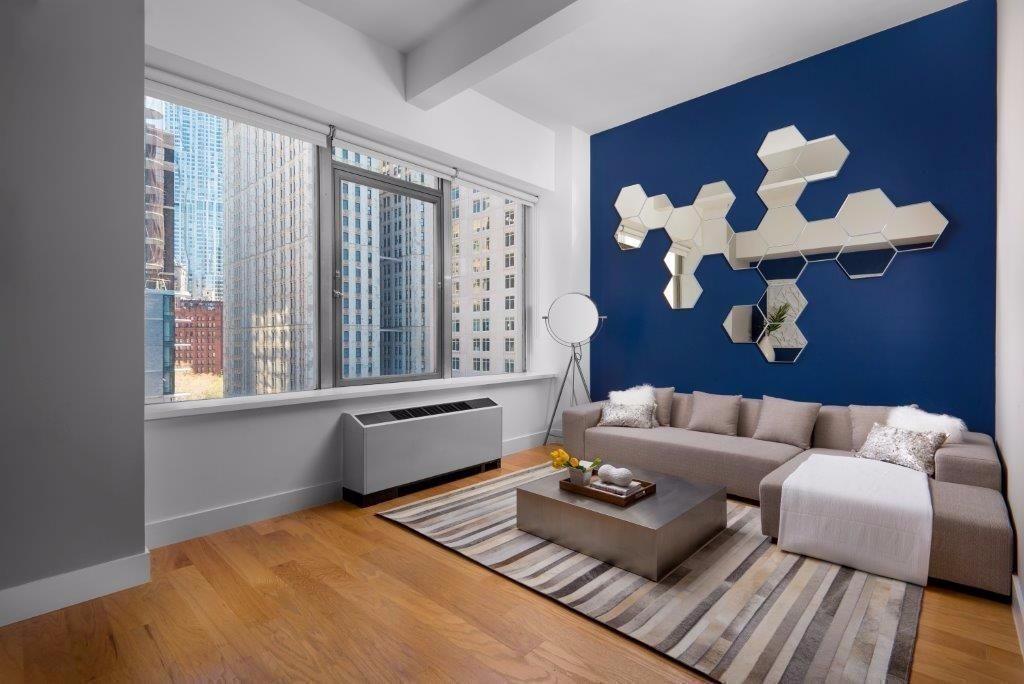
All You Need to Know About Reverse Cycle Air Conditioners
By: ROS Team
Ah, the great desire to just feel the right temperature. Too much cold air? Crave some warmth. Too hot? You’re after some coolness. Well, here’s an all-season ally that’s also an efficiency champion: reverse cycle air conditioning.
Concept Uncovered
So, you want to know about reverse cycle air conditioners. You may ask—how does reverse cycle air conditioning work? Simple enough: they take heat energy from one place and move it to another, reversing the usual process that traditional air conditioners take, hence the term “reverse cycle.” Not only does this make it a superb temperature controller, but it also contributes to its cost-effectiveness!
Key Parts of a Reverse Cycle System
Making all these wonders happen, a reverse cycle air conditioner leans on several critical elements such as compressors, condensers, evaporators, and reversing valves.
The star of the show, the compressor, boosts the refrigerant’s pressure and temperature. Next up is the condenser, where heat bids adieu to the refrigerant before blazing a trail outside. The evaporator steps up next, lapping up the heat and morphing the refrigerant into a gas. Finally, the reversing valve holds the reins, able to switch the refrigerant’s direction for heating or cooling settings, based on the whims of dear Mother Nature.
Breaking Down Different Reverse Cycle Systems
Reverse cycle air conditioners come in a variety of ducted and split systems! Each type has its merits and is qualified to serve specific areas. Let’s drill down a bit on these.
1) Split System Air Conditioners
A split system’s pretty straightforward. You’ve got an outdoor and indoor unit. It works particularly well for singular rooms or smaller spaces. Plus, they’re known for their high energy efficiency and fairly simple installation—typically wall-mounted.
2) Multi-Split and Ducted Systems
If you’re dealing with numerous rooms or a whole house, you may be drawn to multi-split or ducted systems. Multi-split systems involve multiple indoor units paired with a single outdoor apparatus, while ducted options depend on a network of pipes and vents. However, the price point swings based on labour costs and the size, type, and quantity of units necessary.
The Merits of Reverse Cycle Air Conditioning
Choosing the reverse cycle air conditioner means agreeing to master temperature control in an environment-conscious manner. These units emit fewer greenhouse gases, filter pollutants, dehumidify air, and come packed with health benefits.
1- Anticipating Innovative Features and Technologies
As technology moves forward, so do reverse cycle air conditioners with intelligent features and advancements that improve convenience and efficiency. From smart thermostats, solar options, and advanced air purification systems, to remote access via smartphones and voice control.
2- Health and Green Perks
Reverse cycle air conditioners are champions at upgrading indoor air by hoovering up nasties like mould, pollen, bacteria, viruses, and dust. Unlike your run-of-the-mill traditional air conditioning systems, they keep their carbon footprints tiny and neat, making them a healthier choice.
Finding the Right Reverse Cycle Air Conditioner
Choosing the fitting size and air conditioner type is essential for its effectiveness and power-saving capability. It’s about working out heating and cooling needs while considering factors like room size, insulation quality, and local climate conditions.
Pondering Room Dimensions and Layout
When choosing a reverse cycle air conditioner, first consider your room’s size. Bigger rooms need a stronger unit to maintain a comfy temperature. You wouldn’t want to sweat or shiver, would you?
Insulation Matters
Insulation—sounds tricky yet crucial! A well-insulated space can make your system work efficiently by preserving heat in winter and deflecting it in summer, so a less powerful air conditioner would suffice.
Considering Climate
Whether your locale is hot or cold, knowledge of your weather patterns aids in selecting a suitable reverse cycle air conditioner. Familiarity with peak temperatures, humidity levels, and seasonal changes sets you up to choose a system that withstands any weather shift.
How Low Can Your Power Costs Go?
Let’s face it, your energy bill can be a serious point of concern. It’s essential to understand the energy efficiency of the air conditioner model you’re pondering. More stars on the energy label signify better performance and lower power use, leading to significant long-term savings. Consider your choices and find a wallet and planet-friendly appliance.
Multiple Rooms and What Lies in Store
Finally, give some thought to the space your air conditioner will be servicing. One room or entire house? Go for a split system for a single room or multi-split/ducted options for multiple spaces.
The Relationship Between Stars and Efficiency
Energy labels featuring stars can help you compare how energy-efficient different air conditioner models are. Higher star ratings denote lower power use—meaning more pennies are saved in the long run. Plus, products like the Zoned Energy Rating Label, or ZERL, show varying star ratings for cold, average, and hot climate zones. This allows you to discern the effectiveness of an air conditioner based on your location.
All About Professional Installation
Installing a reverse cycle air conditioner securely and efficiently is of prime importance to its safe and optimal functioning. Therefore, investing in professional installation of your reverse cycle air conditioner is a wise decision. Experts can ensure all components are properly assembled and wired. They can also guide you on the ideal placement of the outdoor unit, shielding it from direct sunlight to boost efficiency.
Warmly Warm and Cool Air
Reverse cycle air conditioning system is a compelling alternative for both heating mode and cooling mode. With dual functionality, stellar energy efficiency, along with health and environmental benefits, it’s an intelligent investment.














